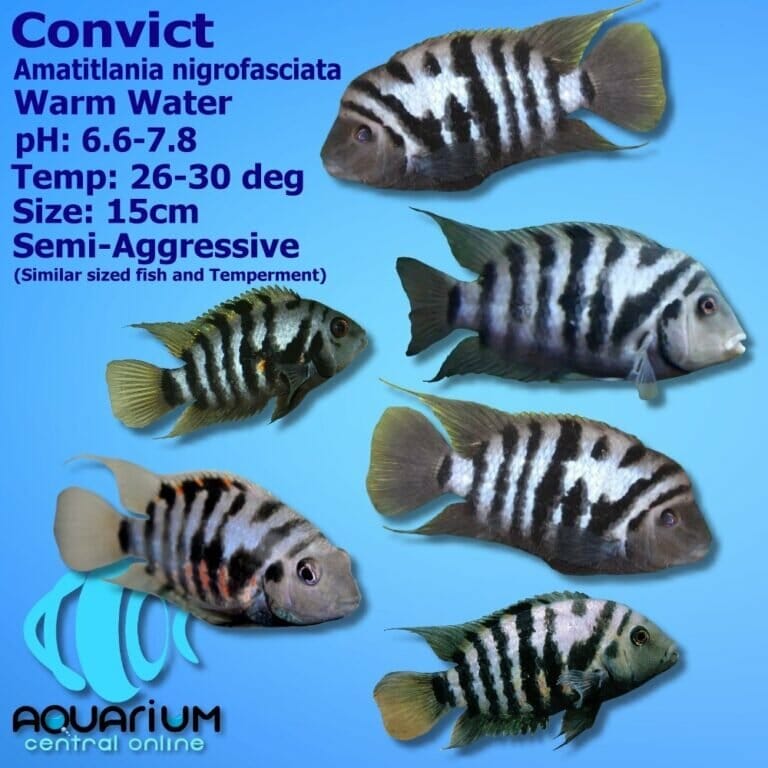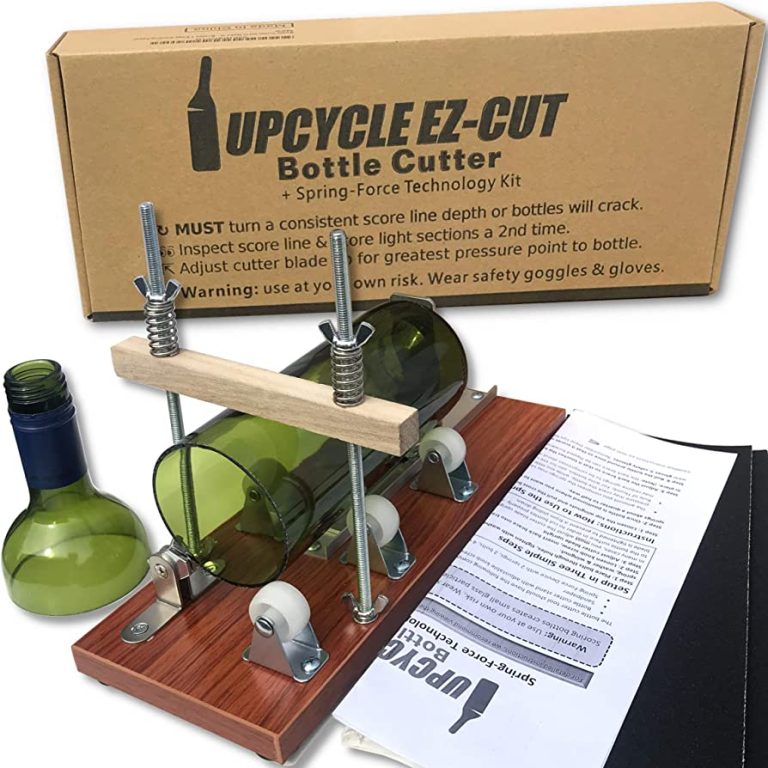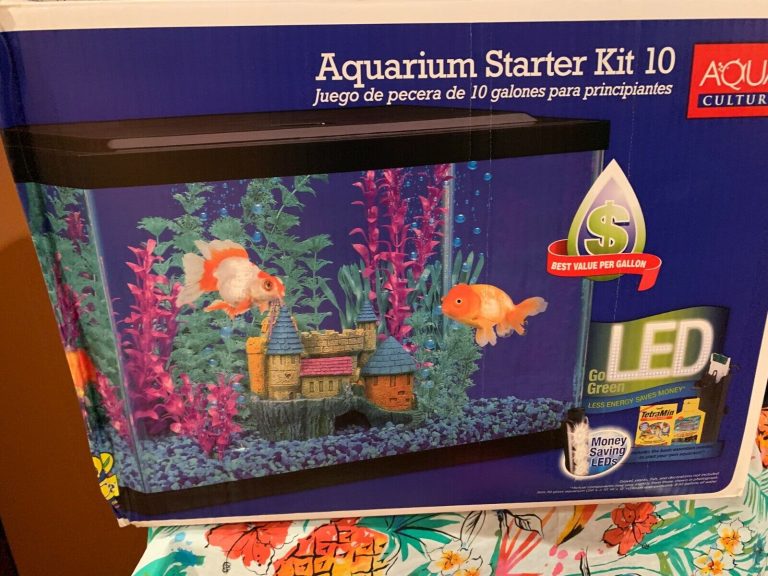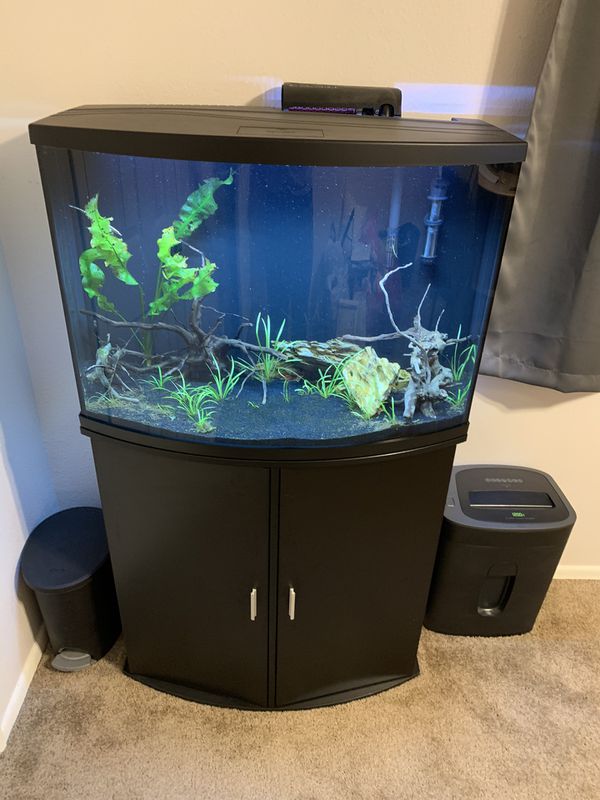Aquarium Salt Alternative
Aquarium Salt Alternative: What are the Best Options?
If you’re an aquarium enthusiast or a fish hobbyist, you’re probably familiar with the use of salt in aquariums. Salt is often added to aquariums to help maintain a healthy environment for fish and other aquatic life. However, there may be situations where you’re looking for an alternative to aquarium salt. Whether it’s because you’re unable to find aquarium salt or you prefer a natural or chemical-free option, there are alternatives available. In this article, we will explore some of the best alternatives to aquarium salt and discuss their benefits and drawbacks.
Table of Contents
– Epsom Salt: A Versatile Option
– Sea Salt: Creating a Natural Environment
– Himalayan Salt: Beauty and Benefits
– Baking Soda: Balancing pH Levels
– Potassium Bicarbonate: A pH Buffer
– Frequently Asked Questions
– Can I use table salt as an aquarium salt alternative?
– How much salt should I add to my aquarium?
– Are there any risks associated with using alternative salts in aquariums?
– Can I use these alternatives in freshwater and saltwater aquariums?
– Final Thoughts
Epsom Salt: A Versatile Option
Epsom salt, also known as magnesium sulfate, can be a great alternative to aquarium salt. It offers a range of benefits and is readily available at most drugstores or online retailers. Epsom salt is often used in bath salts to help relax muscles, but it also has applications in aquariums.
– Benefits: Epsom salt can help promote fish health by providing magnesium, which supports muscle and nerve function. It can also aid in reducing stress and inflammation. Furthermore, Epsom salt can be useful in preventing and treating common fish ailments, such as swim bladder issues and constipation.
– How to Use: Dissolve the appropriate amount of Epsom salt in warm water before adding it to your aquarium. The recommended dosage is typically 1 tablespoon per 5 gallons of water. It’s important to monitor your aquarium and adjust the dosage as needed.
– Considerations: While Epsom salt is generally safe for aquarium use, it’s essential to measure and use it in moderation. Excessive use of Epsom salt can have adverse effects on your aquarium’s water parameters. It’s also worth noting that Epsom salt does not provide the same benefits as aquarium salt in terms of preventing diseases caused by external parasites.
Sea Salt: Creating a Natural Environment
If you prefer a more natural approach to your aquarium’s salt requirements, sea salt can be an excellent alternative. Sea salt is commonly used in marine aquariums to replicate the natural saltwater environment, but it can also be used in freshwater setups under specific circumstances.
– Benefits: Sea salt contains a variety of essential minerals and trace elements that can support the overall health and well-being of your fish. It can also help recreate a more natural habitat by mimicking the conditions found in oceans and seas.
– How to Use: Dissolve the appropriate amount of sea salt in water before adding it to your aquarium. The dosage will vary depending on the type of aquarium you have. For freshwater aquariums, it’s usually recommended to use a small amount of sea salt to help reduce stress and improve osmoregulation in certain fish species.
– Considerations: While sea salt can be a beneficial addition to your aquarium, it’s important to note that not all freshwater fish species tolerate salt well. Before using sea salt in a freshwater setup, research the specific needs of your fish species and consult with experienced aquarists or professionals.
Himalayan Salt: Beauty and Benefits
Himalayan salt has gained popularity for its aesthetic appeal and purported health benefits in various applications, including cooking and spa treatments. It can also be used as an alternative to aquarium salt, although its use is primarily for enhancing the visual appeal of your aquarium rather than providing health benefits for your fish.
– Benefits: Himalayan salt is famous for its unique pink color and mineral-rich composition. Adding small pieces or chunks of Himalayan salt to your aquarium can create an attractive and natural-looking environment. The salt may also release trace minerals into the water, benefiting some fish and invertebrate species.
– How to Use: Thoroughly rinse the Himalayan salt to remove any contaminants before adding it to your aquarium. You can place the salt chunks in specific areas or use them to create caves or hiding spots for your fish.
– Considerations: While Himalayan salt is generally safe for use in aquariums, it’s important to remember that it does not provide the same benefits as aquarium salt in terms of disease prevention or fish health. Additionally, the salt chunks may gradually dissolve over time, altering the water parameters.
Baking Soda: Balancing pH Levels
Baking soda, a kitchen staple, can also serve as an alternative to aquarium salt, particularly for maintaining proper pH levels in your tank. It can be used in both freshwater and saltwater aquariums, depending on your specific needs.
– Benefits: Baking soda, also known as sodium bicarbonate, is an effective pH buffer for aquariums. It can help stabilize and raise alkalinity levels, ensuring that the pH remains within an optimal range for your fish and other aquarium inhabitants.
– How to Use: Dissolve the appropriate amount of baking soda in water before adding it to your aquarium. The dosage will depend on your aquarium’s water chemistry and the desired pH levels.
– Considerations: While baking soda can be useful for pH regulation, it’s important to monitor your aquarium closely to avoid drastic fluctuations in pH. Rapid changes in pH can be stressful for fish and may lead to health issues.
Potassium Bicarbonate: A pH Buffer
Potassium bicarbonate is another alternative to aquarium salt that can help maintain stable pH levels. It is commonly used in planted aquariums where maintaining a slightly alkaline pH is essential for the health of aquatic plants.
– Benefits: Potassium bicarbonate acts as a pH buffer, helping to stabilize and raise alkalinity levels. It can also provide a source of potassium, which is an essential nutrient for aquatic plants.
– How to Use: Dissolve the appropriate amount of potassium bicarbonate in water before adding it to your aquarium. The dosage will depend on your aquarium’s specific water chemistry and the desired pH levels.
– Considerations: While potassium bicarbonate can be beneficial for maintaining stable pH levels in planted aquariums, it’s important to note that it does not offer the same benefits as aquarium salt in terms of fish health or disease prevention. Additionally, excessive use of potassium bicarbonate can lead to high levels of dissolved minerals in the water, which may be detrimental to certain fish species.
Frequently Asked Questions
1.Can I use table salt as an aquarium salt alternative?
Table comparing table salt vs. aquarium salt to answer the question.
2.How much salt should I add to my aquarium?
Discuss different dosages based on tank size and purpose, such as for disease prevention or health promotion.
3.Are there any risks associated with using alternative salts in aquariums?
Explain potential risks, such as affecting water chemistry, fish sensitivity, or lack of specific benefits.
4.Can I use these alternatives in freshwater and saltwater aquariums?
Discuss the suitability of each alternative for freshwater and saltwater setups, highlighting any limitations or specific considerations.
Final Thoughts
In conclusion, there are several alternatives to aquarium salt that can serve various purposes in your aquarium. Whether you’re looking to maintain proper pH levels, create a natural environment, or enhance the visual appeal of your tank, options like Epsom salt, sea salt, Himalayan salt, baking soda, or potassium bicarbonate can be suitable alternatives. However, it’s crucial to research and understand the specific needs of your fish species and consult with experts before incorporating any alternative salt into your aquarium. By carefully considering your aquarium’s requirements and the desired outcomes, you can choose the best salt alternative to create a healthy and thriving aquatic ecosystem.






